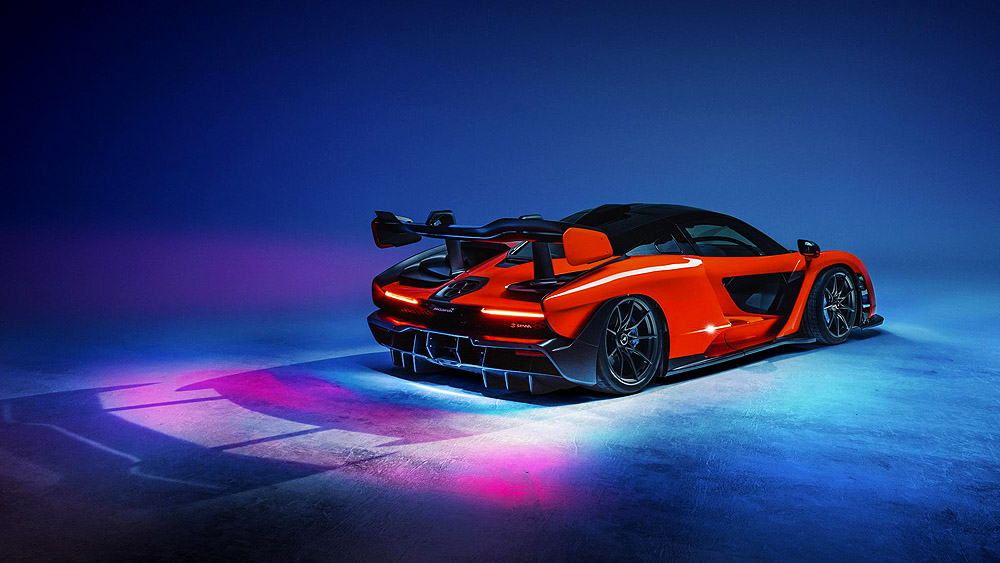
I’m standing next to what can only be described as a 720S subjected to a state-sponsored doping programme. It’s swapped beautiful for brutal and soft undulations for jagged voids. Your eyes flit around it, not knowing where to land or what to investigate first. This is what happens when you let engineers, not stylists, design a car.
Up until this point, we’ve known it only by its P15 codename - the second instalment of McLaren’s Ultimate Series, five years after the P1 rearranged our understanding of the natural world. Now it has a name – the McLaren Senna. Bold move, right, naming it after arguably the world’s greatest racing driver? But when you learn that Bruno Senna, Ayrton’s nephew, has been involved in the development, and its mission statement is to be the company’s most focused and effective track car ever, it fits.
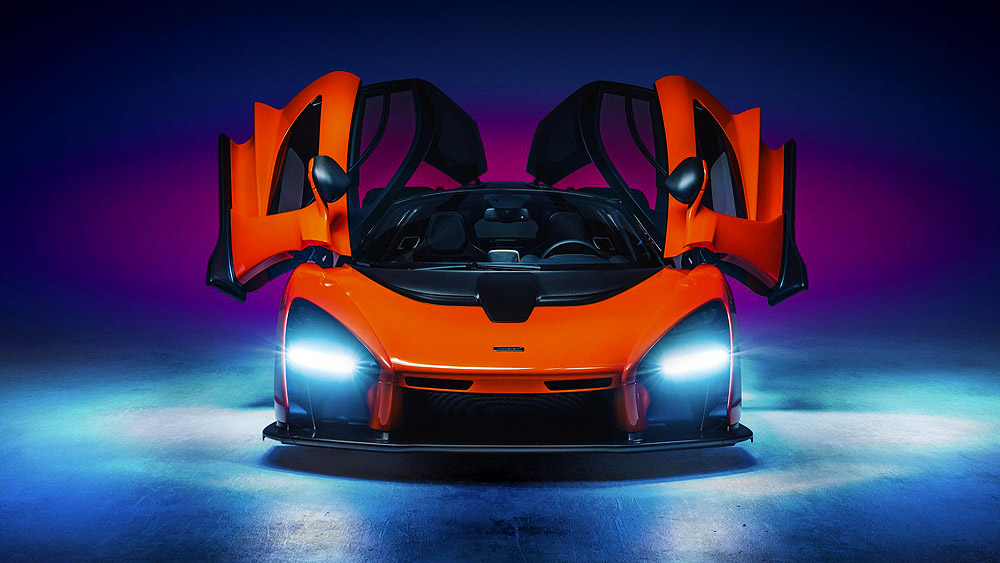
“The brief was quite clear on this car, to make it as fast as we can around a track, but still road legal. It’s our fastest car, comparable to a P1 around a lap.” That’s Andy Palmer, line director for the Ultimate Series. “The P1 was very much a road car, but focused for the track, while the BP23 will be a hyper GT, it will take three passengers and luggage over great distances and at incredible speeds. It’s all about straight line performance.”
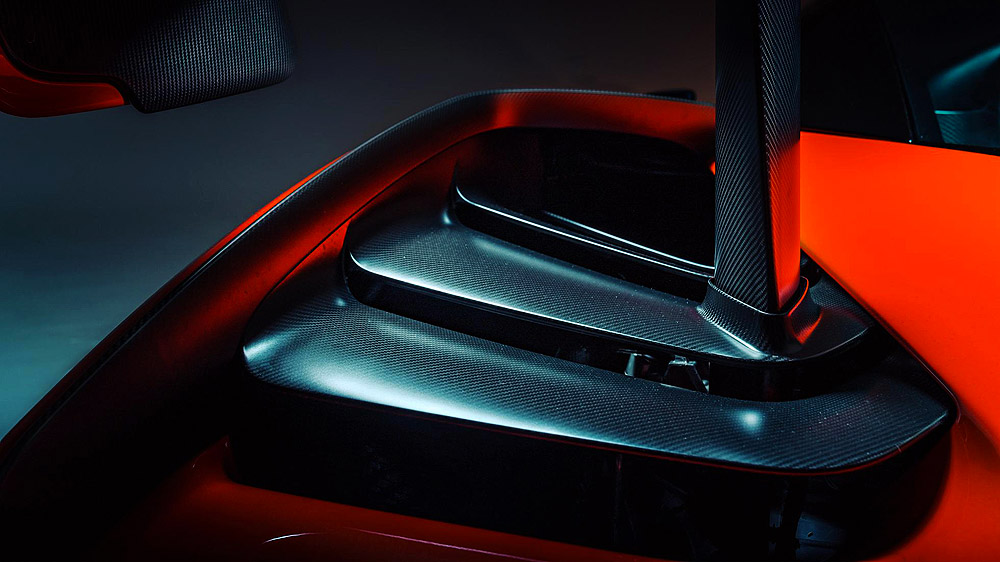 Ah yes, the BP23. Just to recap, that’s the third member of the Ultimate Series, the one we’ll see this time next year, the hybrid one with three seats and a revival of the McLaren F1’s central driving position, the one that’ll cost £1.6m plus taxes. Every one of the 106 examples are already sold out. It’s important to note that neither of these cars, the Senna or BP23, are direct replacements for the P1. They both share the P1’s uncompromising philosophy and appetite for speed of course, but fork off in quite different directions. A more obvious replacement for the P1 will come, we’re told, but not for another five years at least.
Ah yes, the BP23. Just to recap, that’s the third member of the Ultimate Series, the one we’ll see this time next year, the hybrid one with three seats and a revival of the McLaren F1’s central driving position, the one that’ll cost £1.6m plus taxes. Every one of the 106 examples are already sold out. It’s important to note that neither of these cars, the Senna or BP23, are direct replacements for the P1. They both share the P1’s uncompromising philosophy and appetite for speed of course, but fork off in quite different directions. A more obvious replacement for the P1 will come, we’re told, but not for another five years at least.
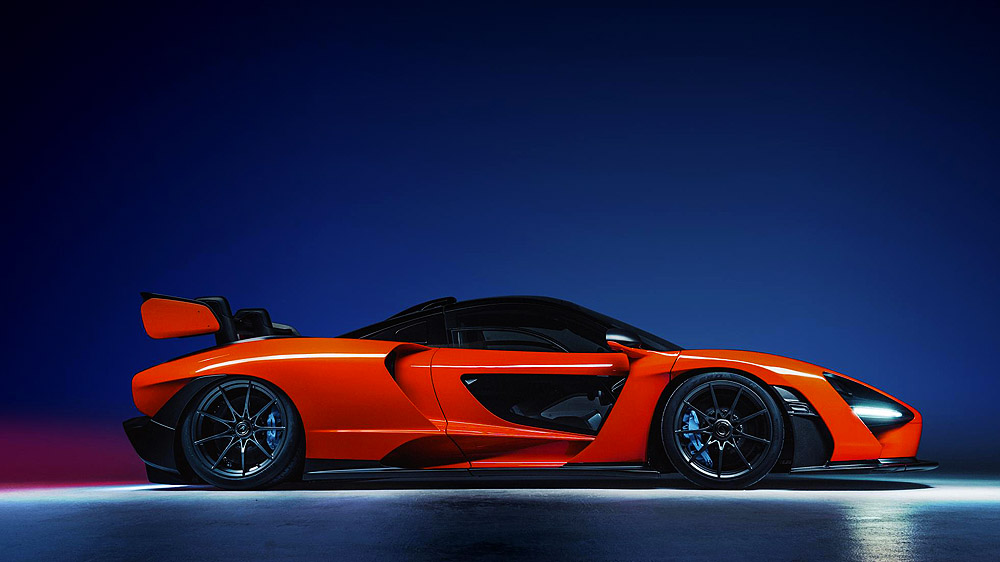
Back to the Senna and first things first, it is not a hybrid. You’ll find no battery ballast or e-motors here, just a development of the 720S’s 4.0-litre twin-turbo V8 wound up to 789bhp and producing 800Nm of torque, channelled through McLaren’s trusty seven-speed twin-clutch ‘box. These are numbers that are no longer startling in the world of 1,400bhp+ hypercars, but when you combine that figure with the Senna’s obsessive focus on weight and downforce, its potency grows.
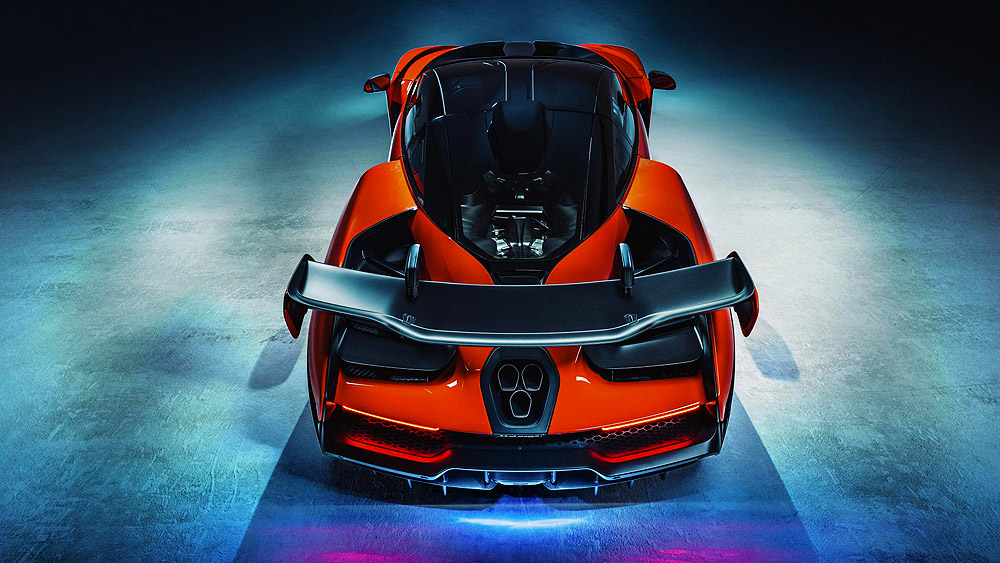
McLaren claims a dry weight of 1,198kg, 85kg less than the 720S despite packing 79bhp more. That’s 553bhp-per-tonne for the 720S versus 659bhp-per-tonne for the Senna – quite some leap. Unfortunately, McLaren hasn’t released performance figures for the Senna yet, but let’s break out the calculator and do the maths ourselves. Considering the 1,395kg, 903bhp P1 has a power to weight ratio of 647bhp-per-tonne, but the Senna has more downforce, we’ll assume acceleration figures will be roughly similar. So we’re talking 0-100kph in 2.8secs, 0-200kph in 6.8secs, 0-300kph in 16.5secs and a standing quarter mile in 9.8secs at 245kph. Or thereabouts. In terms of lap time our money’s on the Senna, with 197kg less to carry around and the latest tyre and brake technology to call upon.
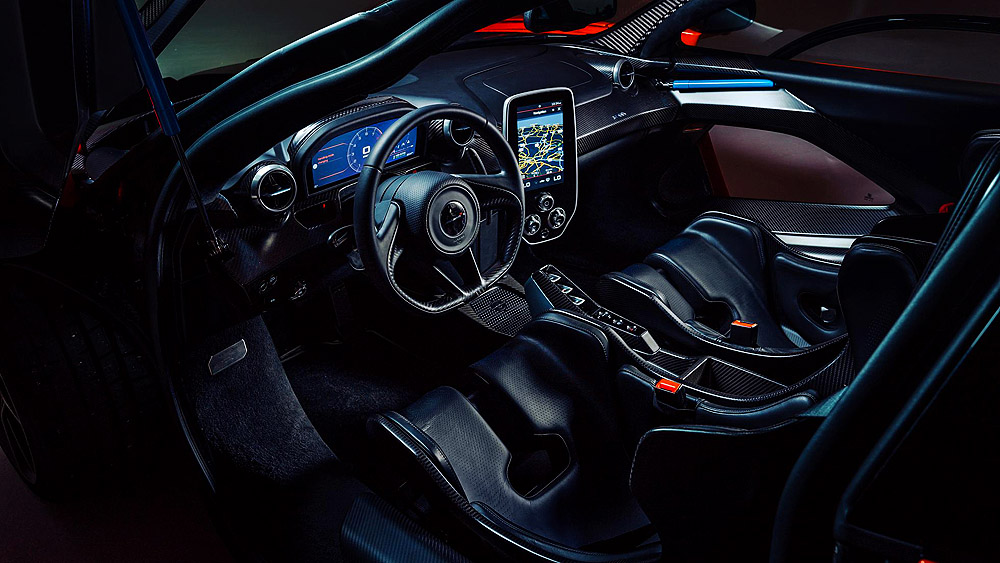 Turns out there’s quite a lot going on under those arches. Bespoke Pirelli P Zeroes (or Trofeos as a no-cost option), McLaren’s first centre-locking lightweight wheels and a new breed of carbon ceramic brake discs known as CCM-R. Because the material is four-times more thermally efficient than previous carbon ceramics, they’re actually smaller and therefore lighter. One slight catch: each disc takes seven months of layering and curing to produce. There’s also the latest generation of McLaren’s RaceActive Chassis Control II hydraulic suspension, that does away with mechanical anti-roll bars thanks to interconnected dampers, and slams the car 50mm closer to the tarmac in Race mode, tucking the wheels efficiently behind the arches.
Turns out there’s quite a lot going on under those arches. Bespoke Pirelli P Zeroes (or Trofeos as a no-cost option), McLaren’s first centre-locking lightweight wheels and a new breed of carbon ceramic brake discs known as CCM-R. Because the material is four-times more thermally efficient than previous carbon ceramics, they’re actually smaller and therefore lighter. One slight catch: each disc takes seven months of layering and curing to produce. There’s also the latest generation of McLaren’s RaceActive Chassis Control II hydraulic suspension, that does away with mechanical anti-roll bars thanks to interconnected dampers, and slams the car 50mm closer to the tarmac in Race mode, tucking the wheels efficiently behind the arches.
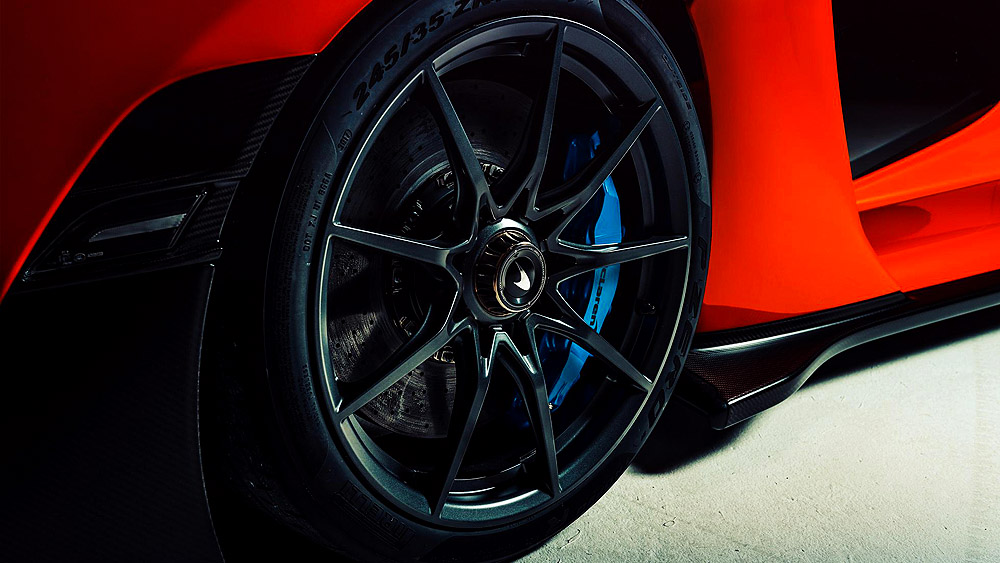
It’s the aero that sets this car apart. Again, no downforce figures yet, but I’m prepared to stick my neck out here: it should surpass the P1 GTR. That hulk of a rear wing works actively and in tandem with moving flaps in the front intakes – tilting to dial up the downforce, or flattening to bleed it off, depending on steering, brake and throttle position, and speed. From the very front of the car you can follow the path of air particles as they’re sucked and smoothed and spat out by the bodywork not just to keep you pinned to the track, but to cool the engine pumping out heat behind your head.
That roof snorkel looks mean, but has been tuned so the sound of air rushing in and mixing in the plenum takes care of the high frequencies, while the low notes are provided by the engine via unique mounts that purposefully vibrate the carbon-fibre tub. On top of that the extraordinary triple-exit titanium and inconel exhaust, positioned to keep the hot gases away from the wing, delivers sheer volume to match the violent design.
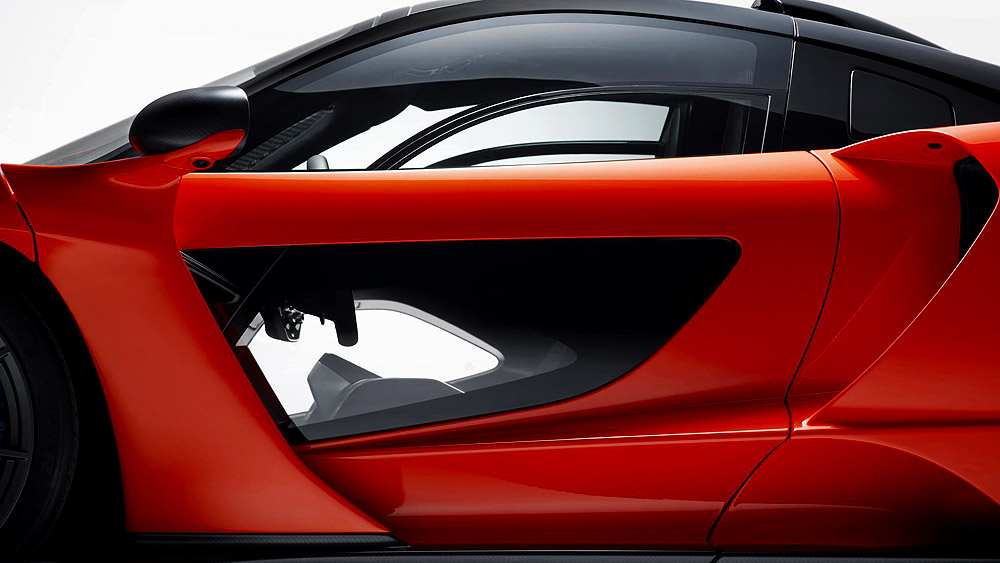
At the very back the trailing edge is 18mm lower than a 720S, to keep the air attached as long as possible, while a double-decker diffuser made from a single piece of carbon is a thing of intricate beauty to behold. And makes the Senna a bugger to parallel park. Those pylon mounts for the wing aren’t just for car park points either, it leaves the underside of the wing’s surface clear so every square centimetre can pull its weight.
To the interior via dihedral doors that take chunks of the roof with them, like the 720S. Unlike the 720S, the door release is moved to a panel above your head (along with the starter button and Race mode selector) and there’s a second glazed panel by your knees, so you can stare at the road rushing past when you should be concentrating on where you’re going. The seats are thin layers of carbon with foam sandwiched in the middle, then leather or Alcantara pads are placed strategically on top. Hit the Christmas pudding a little hard? Not to worry, McLaren will custom fit the seat to each customer.
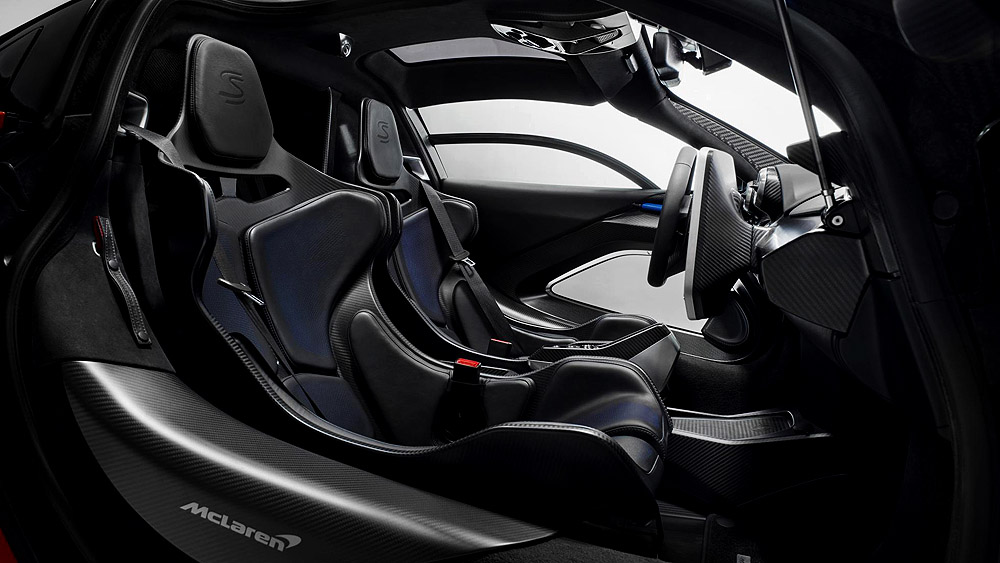
Slide the driver’s seat back and forth and a panel housing the gear selector, launch control and hazard lights slides with you, while the 720S’ retracting instrument panel is carried over unscathed. Behind your head is a glass window separating you from the engine and in front of the that the sum total of the luggage space. “It’s enough for two helmets, a couple of race suits and possibly a sandwich,” Palmer tells us with a grin.
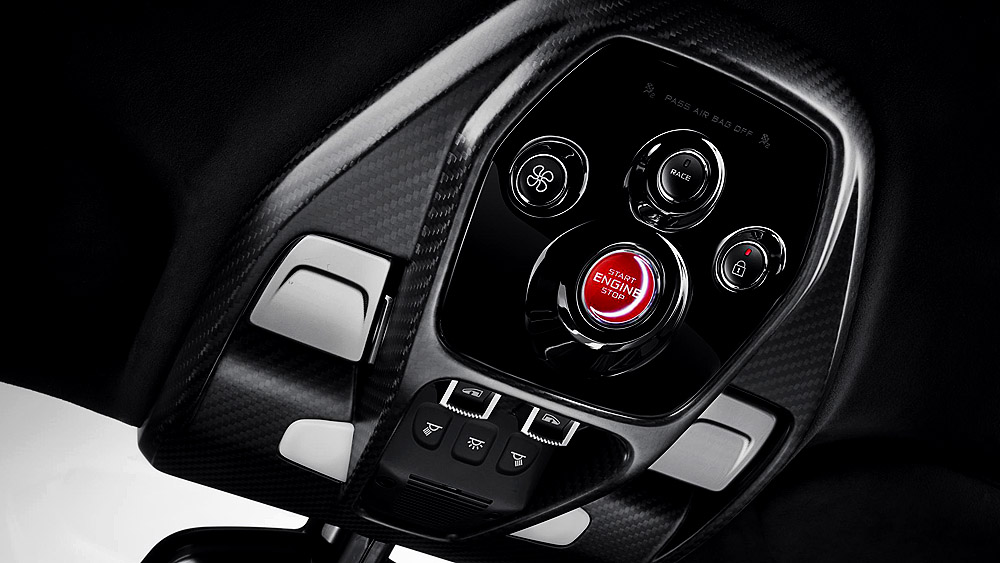
And no wonder he’s smiling. Starting from the second half of 2018, just 500 Sennas will be built (125 more than the P1) costing £750,000 each (RM4.1 million). And it’s already sold out – a sign of how strong McLaren’s customer base now is. “We’re constantly looking forward, for new technologies, new materials, less weight, more power,” says Palmer. “But most of all we want a car to be engaging and put a smile on your face. That’s why customers want them.”
- Jack Rix
